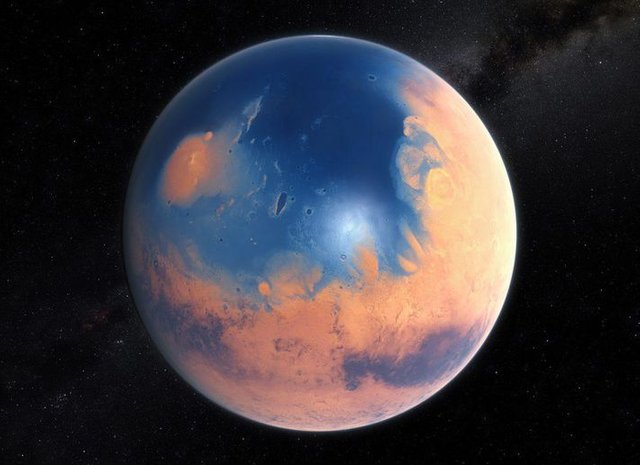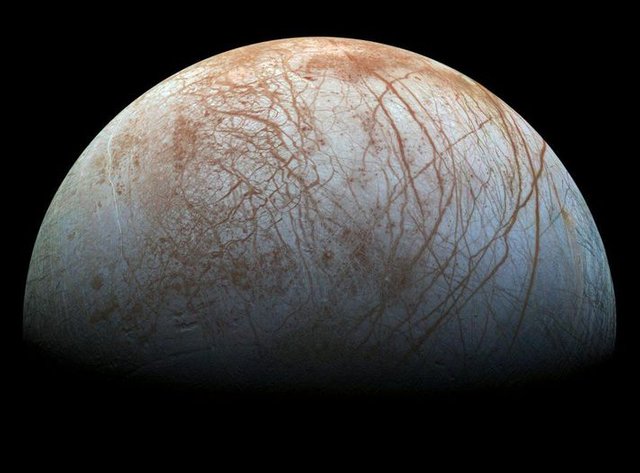Earth, Mars, And The Theory Of 'Swapping Spit

Craftsman's impression. A water-rich Mars, billions of years prior.
Look at today around evening time's sky and search for the brilliant red dab.
That is Mars, only 35.8 million miles away—the Red Planet's closest way to deal with Earth in 15 years.
In any case, there's a conceivable result to the closeness—"swapping spit."
That's the everyday term; the scientific name is "panspermia."
"The vehicle of life amongst Earth and Mars," says Ken Farley of the Jet Propulsion Laboratory in Pasadena, California. "What's more, it doesn't appear to be all that unlikely."
Despite the fact that exclusive a hypothesis, panspermia is a stupendous suggestion. In the event that it's actual, at that point discovering life on Mars accompanies a catch.
NVIDIA BRANDVOICE
How NVIDIA's New Tech Powers the AI Revolution
Here's the reason: About four billion years back, space rocks routinely pummeled into the nearby planetary group's internal planets (Mercury, Venus, Earth, and Mars.) despite everything they do, just not as regularly.
An old space rock, crushing into Earth with the effect of a million nuclear bombs, would shoot earthbound rocks into space.
Those stones may have housed shrouded microbial life—"extremeophiles," single-celled living beings ready to bear both the impact and the universe.
All very possible, proposes Jean-Luc Margot, teacher and seat of the Department of Earth, Planetary and Space Sciences at UCLA: "A few organisms are genuinely flexible in space."
Maybe a couple of those microorganism filled rocks, following millions or billions of years, in the long run smashed on Mars.
That too is sensible. "We have shooting stars from Mars here on Earth," says Margot, "and there might be rocks from Earth that arrived on Mars."
Assuming this is the case, at that point any surviving extremeophiles inside them—shielded and in virtual suspended activity—may stir and start life once more.
"So a stone from Earth could have colonized Mars," says JPL's Cynthia Phillips.
Martians R Us: Should a test uncover an organism on Mars, it might be cross-defilement—"not a free indication of life," says Phillips.
Additionally, deciding if the microorganism was local or an Earth faker "would be exceptionally troublesome," she says.
The turn around could likewise be valid, obviously.
Possibly life began on Mars, set out to a uninhabited Earth, found a specialty, and prospered. "Possibly we're all Martians," hypothesizes Phillips.
 
The Jupiter moon Europa.
Cross-tainting isn't an issue wherever in the close planetary system. Take Jupiter's moon, Europa.
Researchers trust a salt water ocean irritates beneath Europa's surface, greater than every one of the seas of Earth joined. Inside that water may be a type of life, probably crude, comparable to microscopic organisms on Earth.
Europa, ten times farther than Mars, is around 400 million miles from Earth, too far for panspermia to happen.
"It's fundamentally difficult to get a stone from Europa to Earth," says Phillips. Discover life there—and odds are "overpowering that it began autonomously." Finally, a place safe from spit-swap.
Thanks for sharing this great article
always welcome